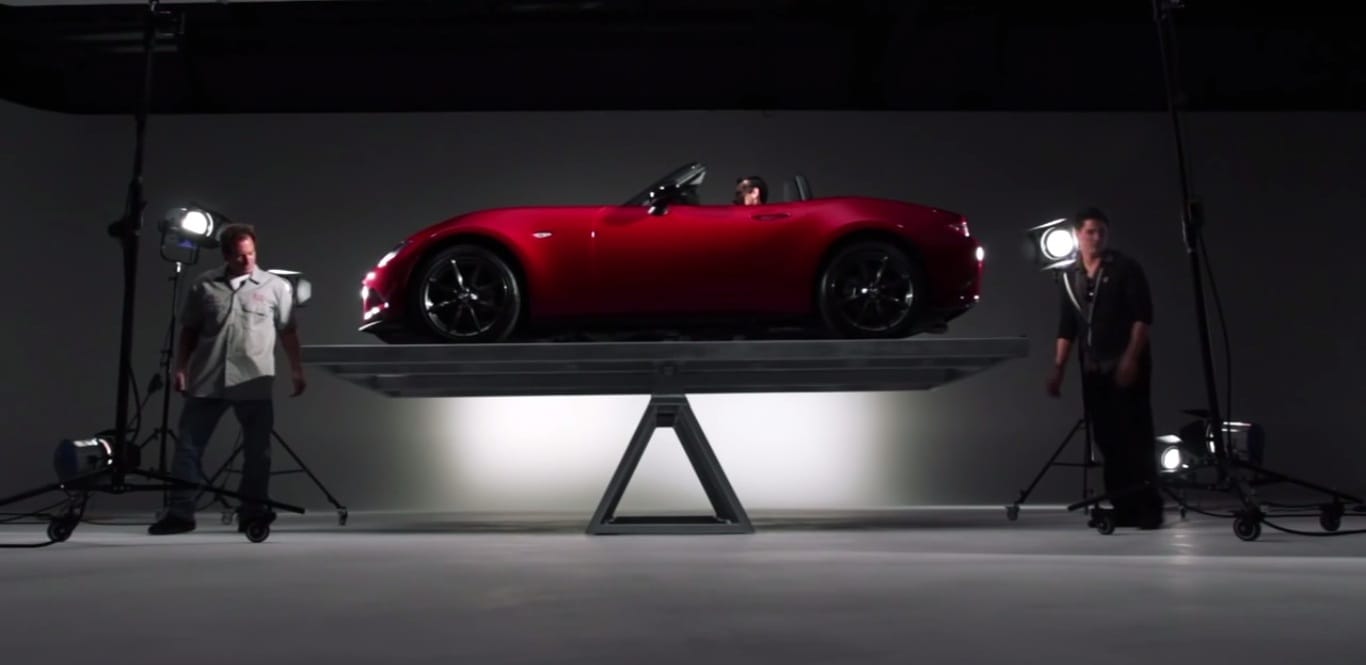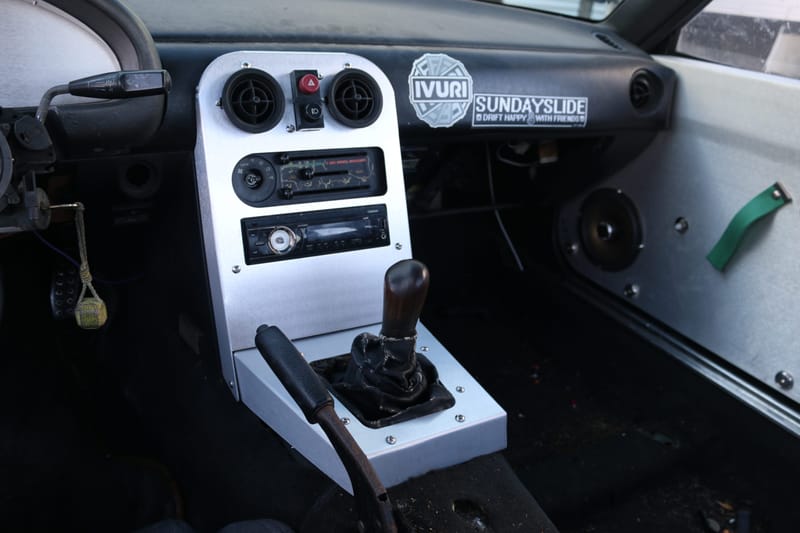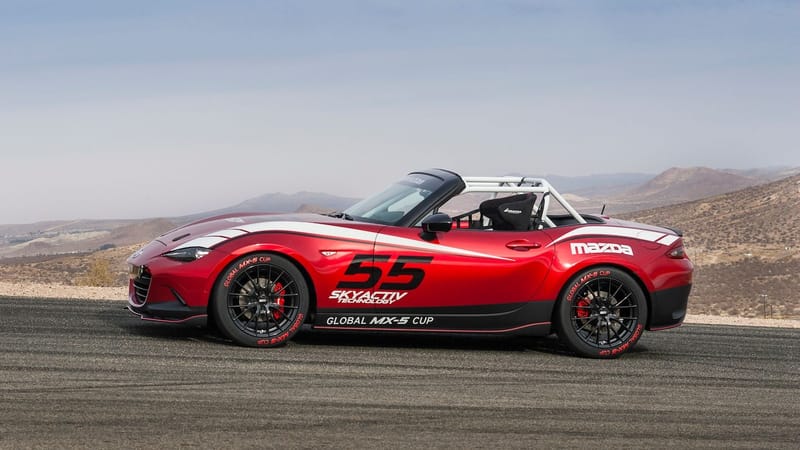The Science Behind the Miata’s Weight Distribution.
Discover how the MX-5 Miata’s near-perfect weight distribution fuels its legendary nimble handling and pure driving fun.

The Timeless Appeal of Lightness and Balance
Imagine Mazda engineers rolling a brand-new MX-5 Miata, driver and all, onto a large, precisely calibrated scale to confirm it still maintains that magic 50/50 weight distribution. At first glance, it might seem like a flashy marketing move. In reality, though, it highlights a crucial factor in what makes a Miata so exhilarating: its careful attention to weight balance. When a car’s mass is evenly split between its front and rear axles, every element of its performance, steering, braking, and cornering, benefits in a big way.
In this article, we’ll explore how Mazda’s dedication to lightness and physics shapes the Miata’s famously engaging personality. As other sports cars have grown heavier and more powerful over time, the Miata remains a joyful reminder that agility and balance can outperform raw horsepower in the right circumstances. So, if you’ve ever wondered why even a modestly powered Miata feels so alive on the road, read on.
Materials and Technology
One key to preserving near-perfect balance is using lightweight metals in strategic areas. Mazda employs aluminum for the hood, trunk, bumpers, and fenders, trimming unnecessary pounds at the car’s extremities. This approach keeps the Miata nimble, as there’s less mass to rotate through corners. Every component in the MX-5, from the suspension arms to the engine block, is assessed for how it contributes to the car’s overall weight and distribution.

A big part of this engineering discipline comes from Mazda’s SKYACTIV philosophy. SKYACTIV isn’t just about making the engine more efficient, though it certainly does that. It encompasses a holistic design strategy, ensuring the chassis and body are both stiffer and lighter. The result is a lower center of gravity and a more centrally located mass, which helps the Miata achieve its famous poise under acceleration, braking, and cornering.

Why 50/50?
When a car enters a turn, each tire develops a slip angle, a small difference between the direction the tire is pointed and the direction it actually travels. The magnitude of these angles depends on how much weight each tire carries and the tire’s inherent grip characteristics. In cars with too much front weight bias, the front tires can become overloaded, leading to understeer. Conversely, in cars with more rear weight bias, the tail can swing out abruptly, causing oversteer.
A 50/50 distribution offers a sweet spot for neutral handling, especially during steady-state cornering at a constant speed. It also helps under hard braking because the weight transfers more evenly to the front tires, leaving enough load on the rear tires to maintain better overall control. Although some performance cars deliberately use rear-biased setups for improved acceleration grip, the Miata is all about agility and approachable handling, making 50/50 a natural target.
Continual Refinement of a 90’s Car
The current Miata (including the 2025 model) still relies on a SKYACTIV-G 2.0L engine that makes around 181 horsepower. Although this figure might appear modest compared to turbocharged or V8-powered rivals, the Miata’s power-to-weight ratio remains compelling. Small enhancements to throttle response and tuning keep it feeling zippy in everyday driving and spirited track sessions. For transmission, drivers can still choose between a classic 6-speed manual, renowned for its crisp, direct feel, or a 6-speed automatic for more convenience.
On the chassis and suspension front, Mazda introduced Kinematic Posture Control, which applies gentle braking force to the inside rear wheel during aggressive cornering. This action limits body roll and furthers that balanced, predictable cornering feel without overshadowing the organic feedback you want from a lightweight sports car. Despite modern safety regulations and tech additions, the 2025 Miata stays around the 2,300–2,400 lb range. That’s notably light by current standards, and it keeps the Miata exceptionally responsive compared to heavier sports cars in the market.

How Balance Translates to Fun
When you slip into the Miata’s cockpit and head down a winding road, the first thing you notice is a lively connection to the pavement. The steering provides clear feedback, letting you sense every subtle change in grip. This directness stems largely from the car’s near-50/50 weight split and low mass, which allow the chassis to rotate around its center with minimal effort.
Acceleration is more than adequate for a car so light, and while the Miata won’t break any land speed records, its 0–60 times in the mid-five-second range are more than enough to keep things interesting. During hard braking zones, there’s no dramatic nosedive because neither axle is disproportionately loaded. Instead, the Miata stays composed and encourages drivers to enter corners with confidence.
Load Transfer and CG Placement
Every time you accelerate, brake, or turn, the car’s weight shifts around. The goal is to keep these shifts under control so the tires maintain optimal contact with the road. A centrally located mass, a concept referred to as the moment of inertia, ensures that the Miata can pivot quickly and precisely. If heavy components are placed at either extreme of the chassis, it becomes more resistant to rotation, dulling the responsiveness that Miata drivers cherish.
Tire load sensitivity also comes into play. Tires don’t gain grip in a perfectly linear way as weight is added. By splitting weight more evenly, each tire takes on a proportional share of the workload. This is why some highly specialized cars, like certain mid-engine supercars, place weight behind the driver for acceleration traction. However, for a well-rounded, street-friendly sports car, Mazda’s balanced approach hits an ideal midpoint between everyday usability and track-day fun.
Common Misconceptions and FAQs
Some automotive enthusiasts are under the impression that a 50/50 weight distribution is always the best setup for every car, but that isn’t universally true. Plenty of vehicles perform just fine with distributions like 40/60 or 45/55, especially if they’re designed for a specific type of driving. Yet for a roadster whose mission is cornering agility and driver-friendly control, 50/50 is tough to beat.
Another misconception is that a balanced car must be “underpowered.” But the Miata’s success shows that a moderate engine in a lightweight chassis can deliver a surprisingly brisk experience. The 2023 Miata 0-60 time is as low as 5.7 seconds, you’ll see that those modest horsepower figures are surprisingly effective when paired with such a lightweight platform.
The Physics of Pure Enjoyment
Mazda’s MX-5 Miata consistently proves that a laser focus on balance and minimal weight pays dividends in driving enjoyment. From the earliest NA model, still fondly remembered for those pop-up headlights, to today’s SKYACTIV-enhanced ND, the Miata’s evolution is a testament to how staying true to a core philosophy can keep a car at the top of its game for decades. Enthusiasts love to look back at pivotal milestones, like when the first Miata came out in 1989, but they also keep an eye on the future, eager to see how Mazda meets emerging challenges like electrification while preserving the Miata’s signature spirit.
After all, it’s not about chasing monumental horsepower or heavy, tech-laden designs. It’s about harnessing the fundamental principles of physics, like weight distribution, to create a driving experience that feels alive, connected, and just plain fun. For anyone who values handling purity, the Miata remains in a league of its own.
Many Miata owners pay close attention to maintenance details like oil capacity and recommended service intervals, whether they’re looking at a Oil Capacity Guide or the oil needs for newer ND models. Likewise, those seeking a custom look or improved handling might dive into The Ultimate Guide to Rocket Bunny Widebody Miata Kits or explore Best Miata Coilovers. Even with modifications, the Miata’s underlying charm, the result of its balanced chassis, continues to shine through.
If you’re shopping for a new model, you may be intrigued by the 2024 Miata Colors on offer, which often highlight the roadster’s playful lines. And for those wondering if a Miata is a reliable daily driver, the short answer is yes. Its mechanical simplicity and robust build quality have made it a favorite track car and commuter for decades. In the end, the Miata’s enduring popularity comes down to something far simpler than a big engine or a fancy infotainment system: it’s that timeless sensation of well-engineered balance that never goes out of style.




